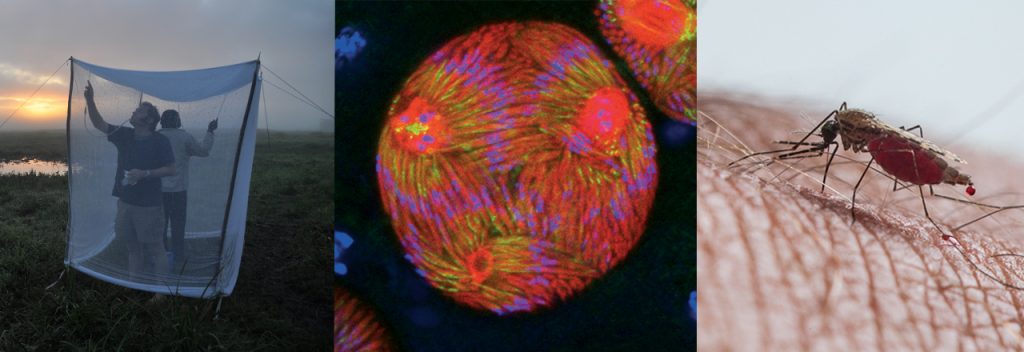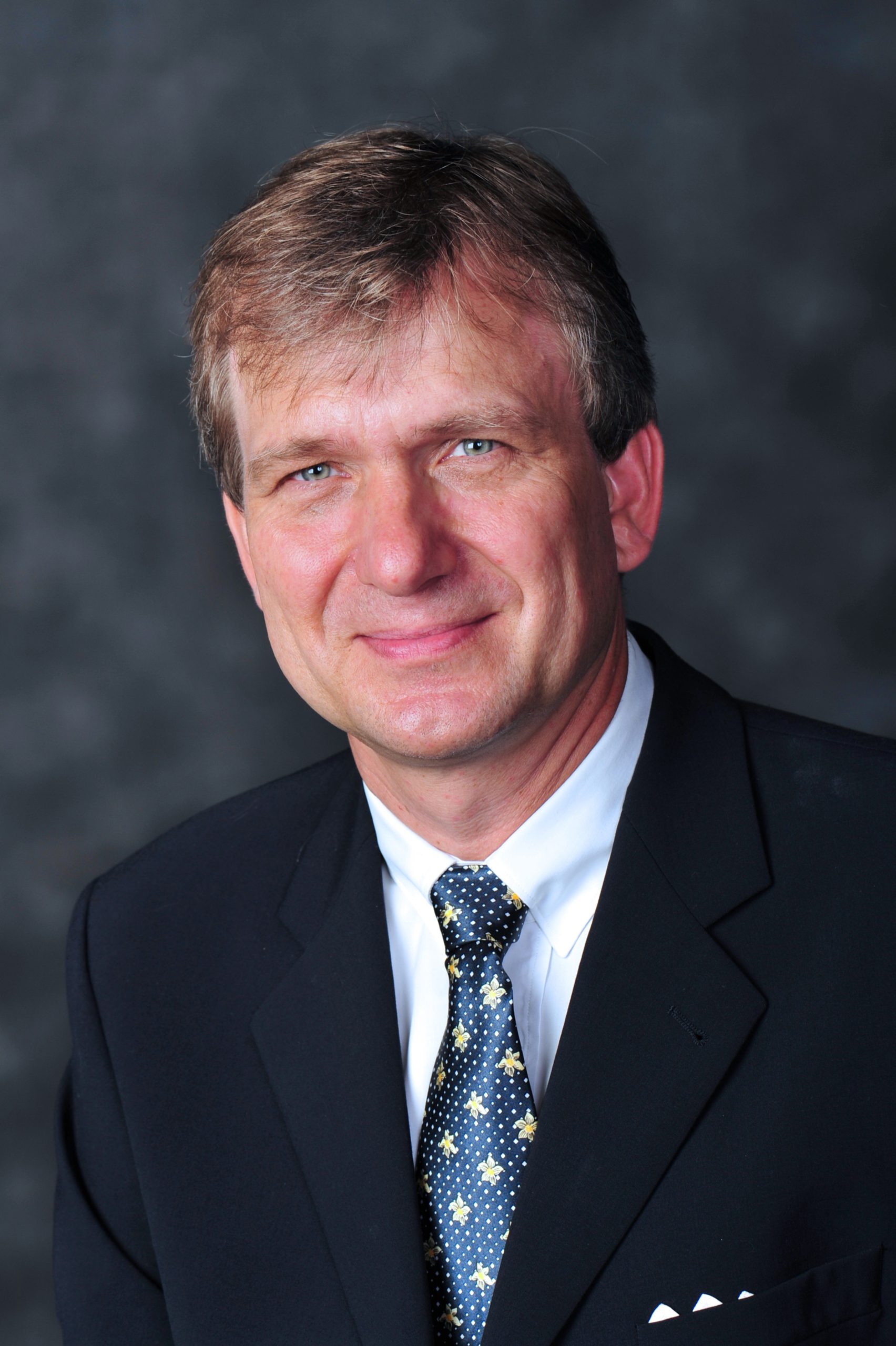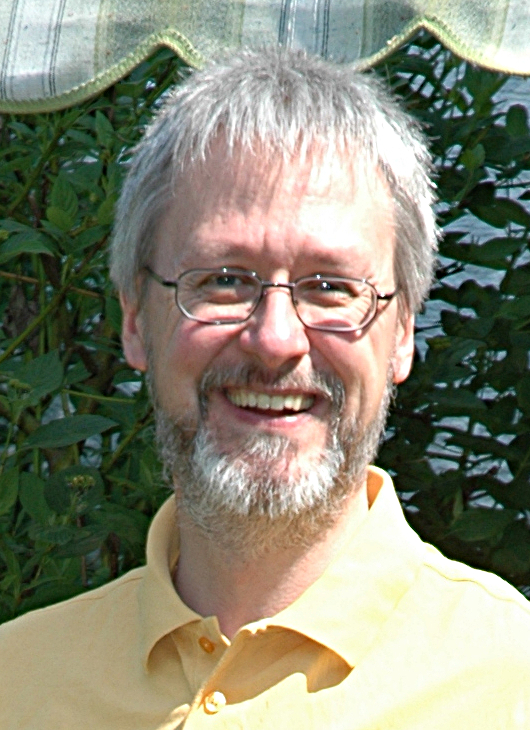BioMalPar’s most loyal friends
Meet Prof. Peter Preiser and Dr. Stefan Rahlfs, two of BioMalPar’s most loyal participants, who have not missed a conference since 2009 and 2010 respectively. They recount their experience from previous events of the series and share with us their expectations of the upcoming conference.
How has the conference developed over the years in your opinion and what makes you come back every year?
PP: The BioMalPar conference is unique in that it is one if not the only annual conference that focuses on the molecular and cellular aspects of the malaria parasite. It therefore has always represented an ideal meeting to catch up with the latest developments in the field. Due to its focus on giving PhD students a chance to present their work the meeting always had a “new” feel to it which I particularly appreciated.
SR: The conference has always drawn participants from all over the world, and presented interesting talks by both experienced and young researchers. However, getting to the conference venue used to be much more difficult and the early events took place in office rooms and a tent (it was pretty hot in there!). But things have changed significantly since then. Now there is a new parking garage, a new conference centre, which I like very much – light, modern, scientific. The best part is the “helix” where you have to find your way walking on a base pair bridge .
PP: Clearly the conference has changed over time – this was partly due to the end of the EU funded BioMalPar programme and therefore the discontinuation of the PhD programme, but still it retained its focus on giving young researchers an opportunity to present their work. Today the meeting is a nice balance between young and more established researchers, which means there are the hot-off-the-press type presentations representing the work of a single researcher along with the more comprehensive research achieved through a multi-team effort.
SR: The quality of the talks remains impressive with a good mixture of topics. There is always a keynote lecture followed by short talks. Workshops and flash talks are now included and I have learned a lot about different people especially the ones receiving the Lifetime achievement award.
PP: The establishment of the Lifetime achievement award was something that I felt was particularly important as it provided many of the young researchers attending the meeting a perspective of the immense contributions the previous, slightly older generation had made to the field.
What’s the best memory you have of a BioMalPar conference?
PP: For me it has always been the relaxed attitude of the meeting and the opportunity to discuss science over a beer at the posters or outside (weather permitting) on a mild spring evening. Many fantastic ideas were generated through these discussions.
SR: The things that always stay in my mind are the fantastic venue, attractive program, nice age-mixture of people and the friendly atmosphere. I always go home with respect for others’ work but also with new ideas for my own research. At one of the BMP conferences I personally met Prof. Hagai Ginsburgh, and once he combined his stay in Germany with a trip to our Giessen-University for some days. This was very impressive and constructive at the same time.
In your opinion, what challenges is malaria research facing and how does coming to BioMalPar address these problems?
PP: I think the effort to control and eliminate malaria has made significant progress and we are now getting to a critical phase in the global effort. It is now important to ensure that efforts to control the disease are not slackened and that funders continue to support this important health initiative. From a research perspective we still have key challenges in terms of drug resistance and the lack of an efficient vaccine, not to mention the issue of P. vivax. It is particularly in these areas where BioMalPar can stimulate the right discussions and interactions that will eventually lead to significant benefits in controlling the disease.
SR: It is still a disease occurring in poor countries and resistance is always a problem. Although bed nets help a lot and a vaccine is available (which is not very effective, but the best mankind has been able to provide so far), research must go on. And in rural areas infrastructure for distribution of newly developed drugs or vaccines needs to be installed. For research there is a gap between industry (monetary research) and universities (basic research), which is due to their different settings.
Looking at the programme of this year’s conference, what do you think will be the highlight and what would you like to see in the next edition in 2020?
PP: This is hard to say as based on the titles there appear to be many new and exciting topics on the programme. I am quite intrigued about the work going on with the mosquito vector and possible ways a better understanding in this area may provide us with better tools for intervention. I am also excited about the use of stem cells to study malaria parasites, as this technology would significantly help me to address some of the questions I am interested in.
I think one of the key things that I would like to see develop more in the future is a better link between the basic research presented at the BioMalPar conference and how this could be utilised in a more clinically relevant context. For example, how does our understanding of malaria immunology help in developing a better vaccine or how do we use the vast amounts of genomic data more effectively for the discovery of new drugs, new vaccine targets or even better diagnostic markers. Some of this is already happening but a lot more can be done.

Prof. Preiser, you will present a short talk titled “Comparative mapping of Plasmodium proteomes provides new insights into erythrocyte remodelling”. What can participants expect to learn from your talk?
I have always wondered about how the malaria parasites changes its host cell. In particular, I was intrigued about the apparent differences that different malaria parasite species have developed in modifying the same type of host cell. However, most of our knowledge on this is based on the study of a single parasite species P. falciparum. My lab has therefore tried to develop new approaches to study the differences the different plasmodium species have developed by using human, simian and rodent malaria parasite species and identify all the different proteins that the parasite exports into the host cell. This approach has given us some very surprising results that I will talk about during the meeting.
Dr. Rahlfs, you will present a poster titled “Glucose 6-phosphate dehydrogenase 6-phosphogluconolactonase: characterization of the Plasmodium vivax enzyme and inhibitor studies”. Can you give us a short preview of your poster?
As a member of the “Becker-lab” in Giessen we are focusing on redox metabolism as drug target and on redox regulations in general and under stress. A number of gene knockouts of our group but also others mostly do not have big impact (due to redundancy), but the importance of the Glucose 6-phosphate dehydrogenase 6-phosphogluconolactonase (GluPho) in P. falciparum has been demonstrated by a lethal phenotype. Now we would like to expand this knowledge also on P. vivax. We cloned P. vivax glucose 6-phosphate dehydrogenase (PvG6PD), the C-terminal and NADPH-producing part of PvGluPho, recombinantly produced it in Escherichia coli, purified and characterised the enzyme. IC50 values of several compounds were determined on P. vivax G6PD, inhibitors that had been previously characterised on PfGluPho.

